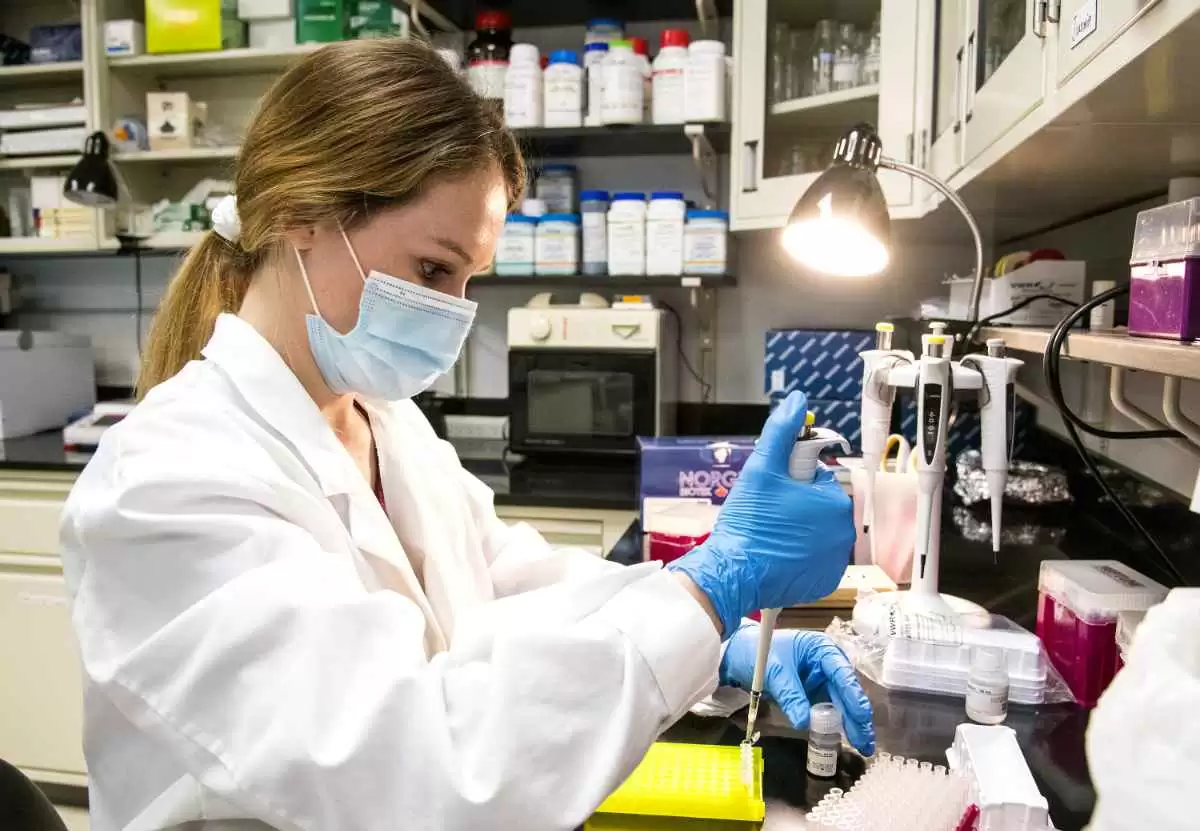
Celiac.com 06/20/2023 - The gut microbiome influences various physiological processes and has recently been found to play a role in entraining circadian rhythms. However, the relationship between the gut microbiome and peripheral clocks is not well understood. Diet-induced obesity (DIO) disrupts the normal cyclical fluctuation of the gut microbiome and can lead to metabolic disorders. Time-restricted feeding (TRF) has shown benefits for metabolic health, but its effects on the gut microbiome dynamics are modest. This study focuses on the ileum, a region of the gut important for metabolic homeostasis, to understand its role in circadian rhythm entrainment and metabolic health.
Diet and Feeding Patterns Impact Ileal Gut Microbiome
The study collected ileal samples from mice under different feeding conditions: TRF with high-fat diet (FT), ad libitum access to high-fat diet (FA), and ad libitum access to normal chow diet (NA). The results showed that diet and feeding patterns influenced the composition and diurnal dynamics of the ileal gut microbiome. TRF improved body weight and blood glucose levels compared to DIO, despite isocaloric food intake.
Dampened Ileal Microbiome and Transcriptome Dynamics in DIO
Celiac.com Sponsor (A12):
The study found that the dynamic rhythms of the ileal microbiome composition and transcriptome were dampened in DIO mice. This disruption could contribute to metabolic disorders associated with obesity. The findings highlight the importance of the ileal gut microbiome in maintaining circadian synchrony and metabolic health.
Partial Restoration of Ileal Microbiome and Transcriptome Rhythms by TRF
TRF partially restored the diurnal rhythms of the ileal microbiome and transcriptome. This restoration was accompanied by increased release of GLP-1, alterations in the bile acid pool, and changes in farnesoid X receptor (FXR) signaling. These effects may explain how TRF exerts its metabolic benefits and contributes to peripheral clock entrainment.
Conclusion
This study emphasizes the significance of the ileal gut microbiome in maintaining circadian rhythms and metabolic health. DIO disrupts the dynamics of the ileal microbiome and transcriptome, while TRF partially restores these rhythms and improves metabolic parameters. Understanding the role of the ileum and its interactions with the gut microbiome can provide insights into novel therapeutic approaches for obesity and metabolic disorders.
The researchers found that time-restricted feeding partially restored the diurnal rhythms, increased the release of GLP-1, which is a hormone involved in metabolism, and affected bile acid levels and farnesoid X receptor (FXR) signaling. These changes may explain the metabolic benefits of time-restricted feeding.
The study also provides a resource for further exploration of circadian data related to the ileal microbiome and transcriptome.
Read more in Cell Reports. Volume 40, Issue 1, 5 July 2022, 111008
The research team included Ana Carolina Dantas Machado, Steven D. Brown, Amulya Lingaraju, Vignesh Sivaganesh, Cameron Martino, Amandine Chaix , Peng Zhao, Antonio F.M. Pinto, Max W. Chang, R. Alexander Richter, Alan Saghatelian, Alan R. Saltiel, Rob Knight, Satchidananda Panda, and Amir Zarrinpar.
Division of Gastroenterology, University of California, San Diego, La Jolla, CA, USA; the Department of Medicine, University of California, San Diego, La Jolla, CA; the Department of Pediatrics, School of Medicine, University of California, San Diego, La Jolla; the Bioinformatics and Systems Biology Program, University of California, San Diego, La Jolla, CA; the Center for Microbiome Innovation, University of California, San Diego, La Jolla, CA; the Department of Nutrition and Integrative Physiology, University of Utah, Salt Lake City, UT; the Division of Metabolism and Endocrinology, Department of Medicine, University of California, San Diego, La Jolla, CA; Clayton Foundation Laboratories for Peptide Biology, the Salk Institute for Biological Studies, La Jolla, CA; the Department of Pharmacology, Department of Medicine, University of California, San Diego, La Jolla, CA; the Institute of Diabetes and Metabolic Health, University of California, San Diego, La Jolla, CA; the Department of Computer Science and Engineering, University of California, San Diego, La Jolla, CA; Department of Bioengineering, University of California, San Diego, La Jolla, CA, USA; Regulatory Biology Laboratory, The Salk Institute, La Jolla, CA; VA Health Sciences, San Diego, La Jolla, CA, USA.








Recommended Comments
There are no comments to display.
Create an account or sign in to comment
You need to be a member in order to leave a comment
Create an account
Sign up for a new account in our community. It's easy!
Register a new accountSign in
Already have an account? Sign in here.
Sign In Now